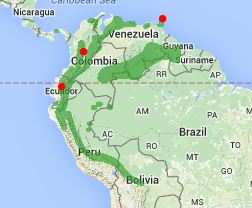The Caribbean is one of the most challenging regions to go birding in, especially if you are on a budget. You can get to most of the best islands for birding with miles but if you want to hop around between islands you are stuck with very expensive short flights. Sooner or later, you will probably have to fly on Liat which is popularly known as “Leave Island Any Time or Luggage In Another Termnal”.
The other option is birding from a cruise ship. This will get you to several islands and if you choose your itinerary wisely you could position yourself for some excellent birding. I was successful in birding Jamaica & Grand Cayman from a cruise ship several years ago.
The islands highlighted in yellow are some of the most popular ones for birding and for parrot lovers, they all have endemic parrot species.
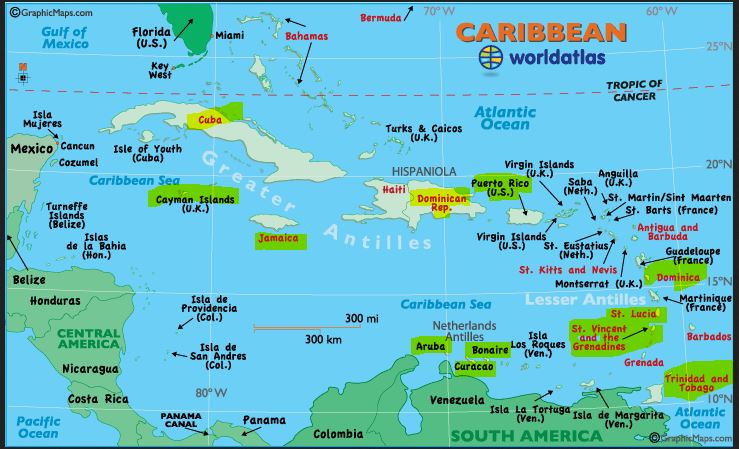
CHOOSING THE ISLANDS TO VISIT
This was the easiest part. The islands are fairly small and it’s easy to find out where the birds are. I used eBird to get an idea but knew I would be hiring a guide at least on St Lucia and Dominica since time was short. I was after several amazing Amazon Parrot species which are endemic to particular islands. Puerto Rico has the Puerto Rican Amazon. Dominica has the Imperial Amazon (Sisserou) & Red-necked Amazon (Jaco). St Lucia has the St Lucia Parrot. St Vincent has the St Vincent Parrot. Trinidad has a couple of Parrotlets I was chasing – Green-rumped Parrotlets & Lilac-tailed Parrotlet. There are also several Macaws and Amazon species plus lots of hummingbirds & manakins around the island so it was a great all-rounder.
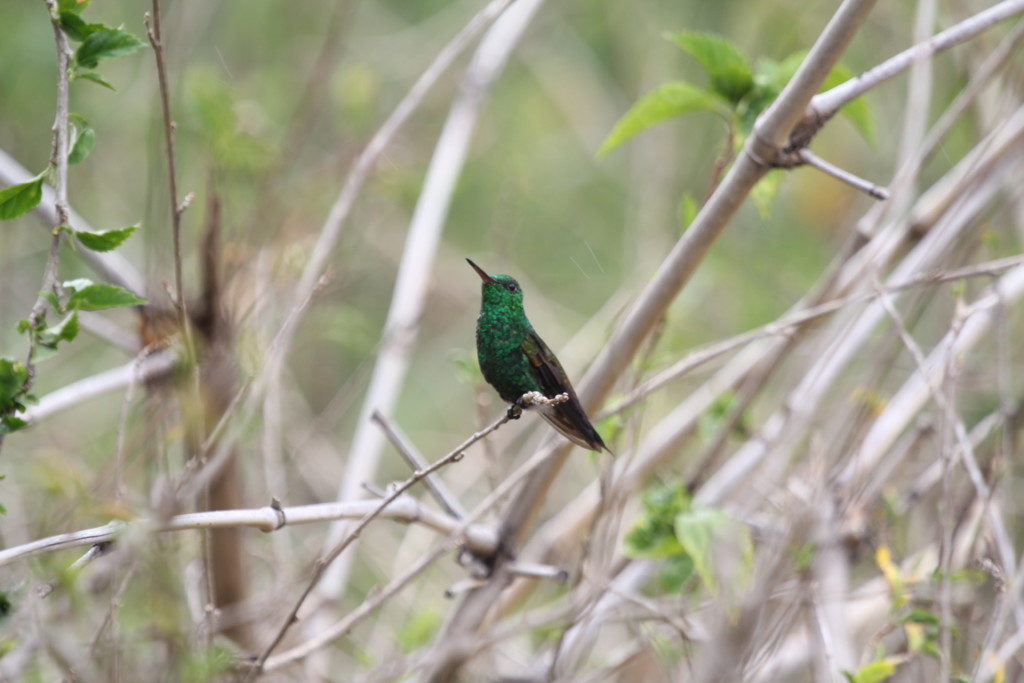
GETTING AROUND
We used United miles on Copa to get from Bogota to Trinidad via Panama. Then we used miles from Port-of-Spain to St Lucia, only 4500 Avios for the short flight. After that, we had to use Liat to St Vincent, Dominica & San Juan.
On Trinidad & Puerto Rico, we rented a car and drove around on our own. On St Lucia, St Vincent & Dominica, we used a combination of guided birding tours (St Lucia), buses & taxis to national parks (St Vincent) and a private birding day trip on Dominica.
ACCOMMODATION
The Caribbean can be very expensive and even small lodges can be at least $150 a night. Luckily I had some Hotels.com free nights, 2 Expedia credits for a promo they messed up on and some Orbucks from a photo competition they ran in 2014 which got our small hotels on St Lucia, St Vincent & Dominica plus one night at a small hotel south of San Juan for free.
We had 2 nights free in Trinidad at the Radisson thanks to the 2 for 1 redemption opportunity that came with the Club Carlson Visa booked just one month before that particular benefit went away.
We had one free night at the San Juan Intercontinental courtesy of the Chase free night with the IHG Rewards Visa.
Yes, you read that right, getting lucky with some hotel promos got us the entire week in the Caribbean for FREE!
Over the next few weeks, I will be posting in detail about our birding in the Caribbean so stay tuned!

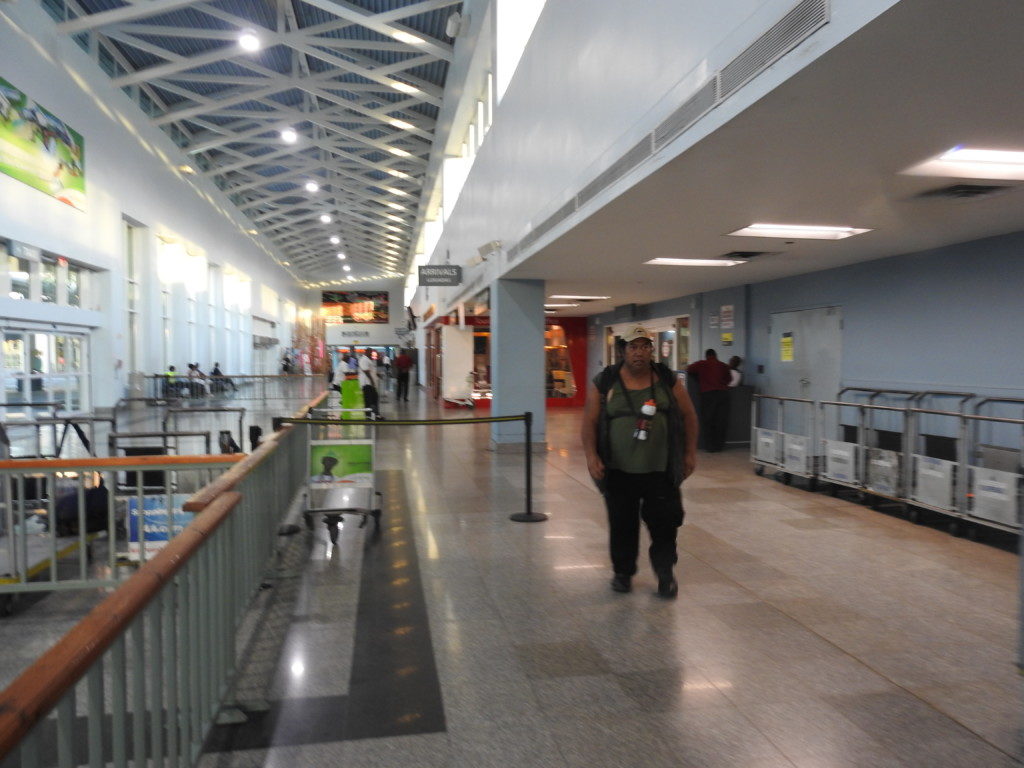
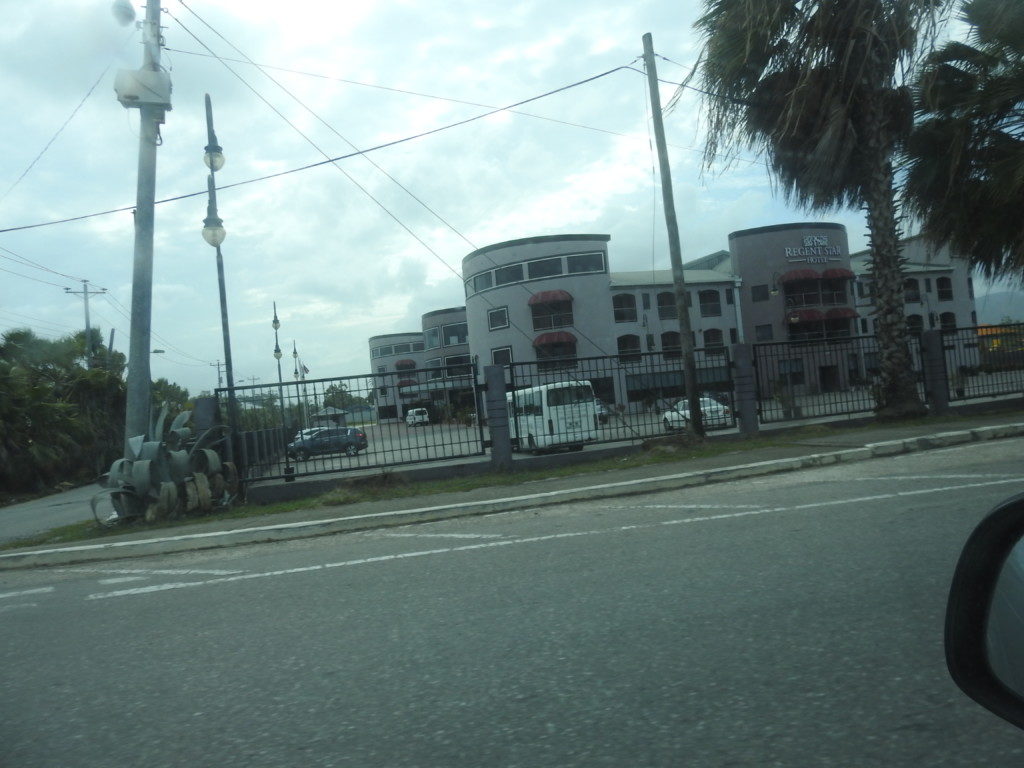
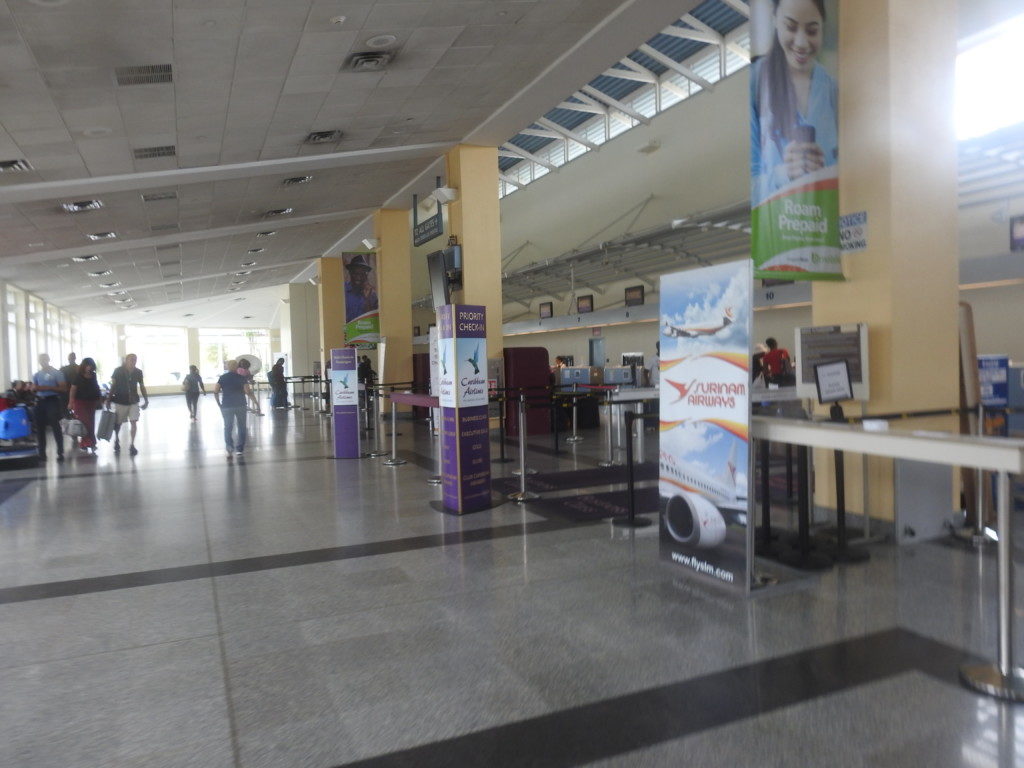
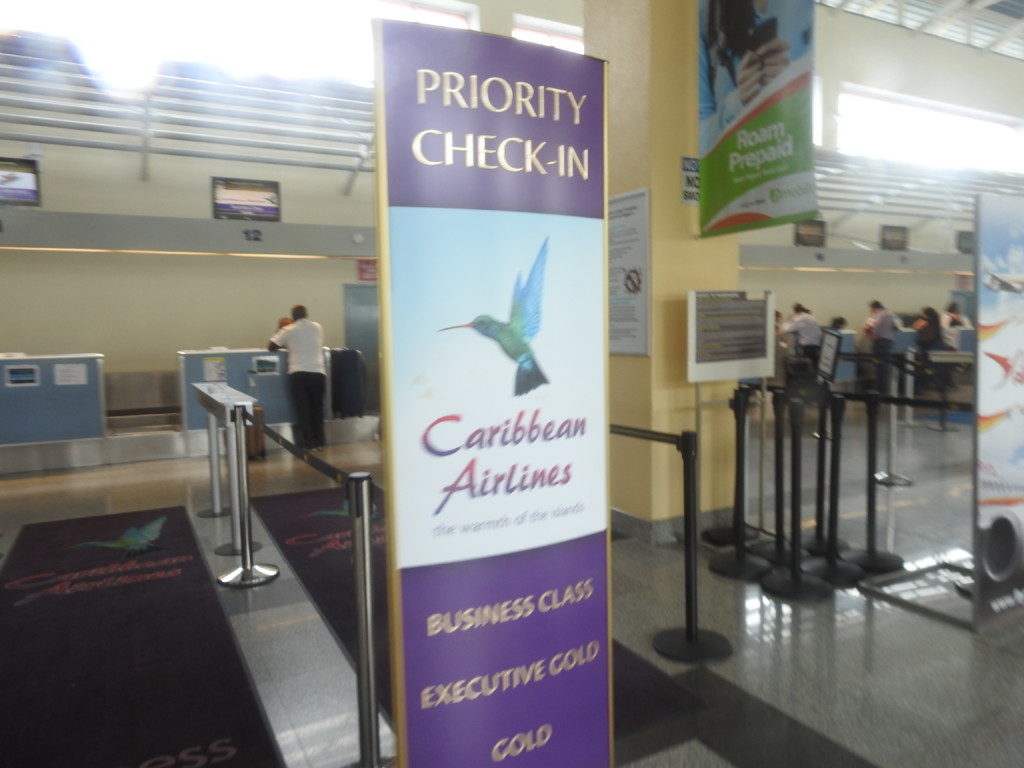


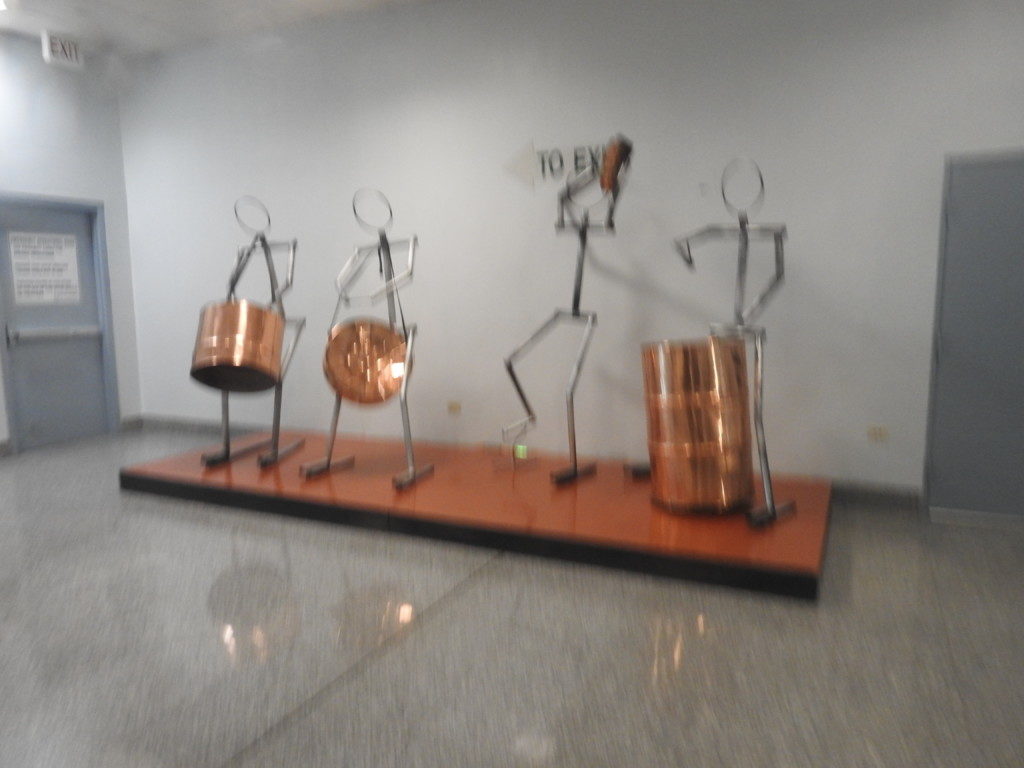
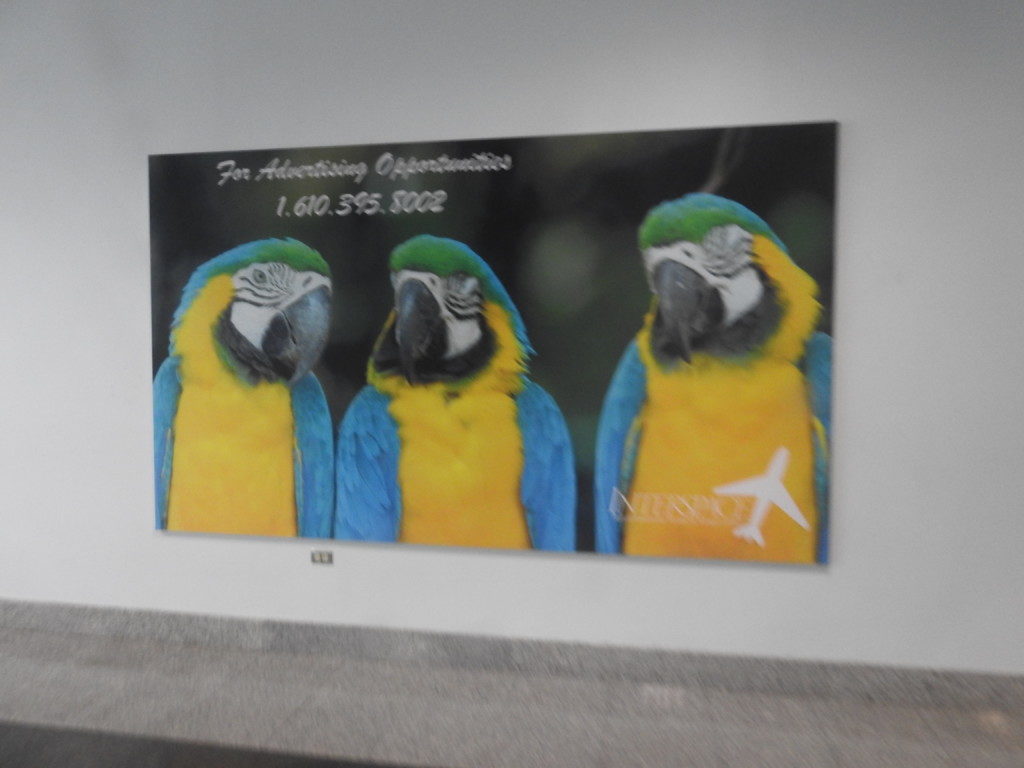
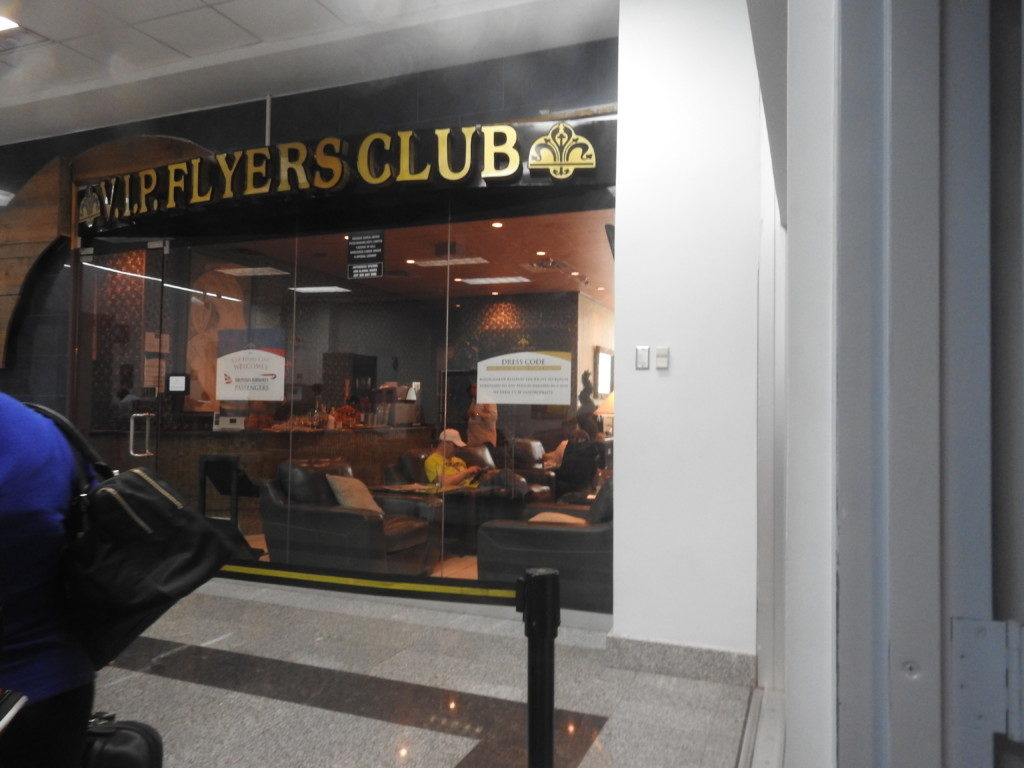

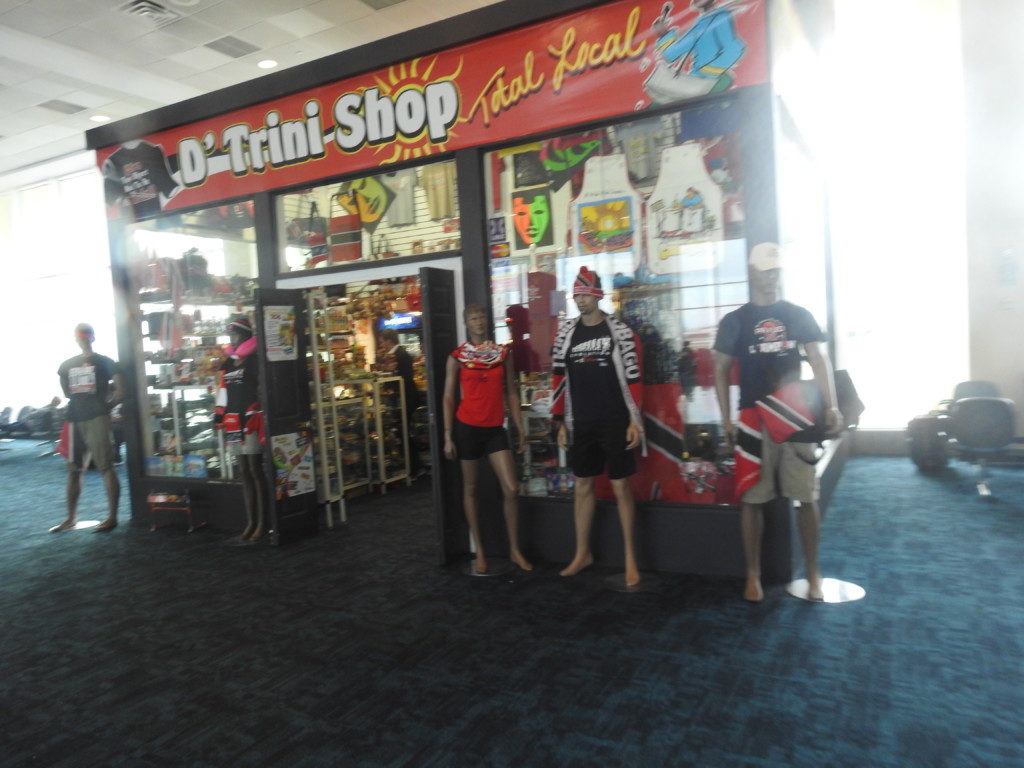



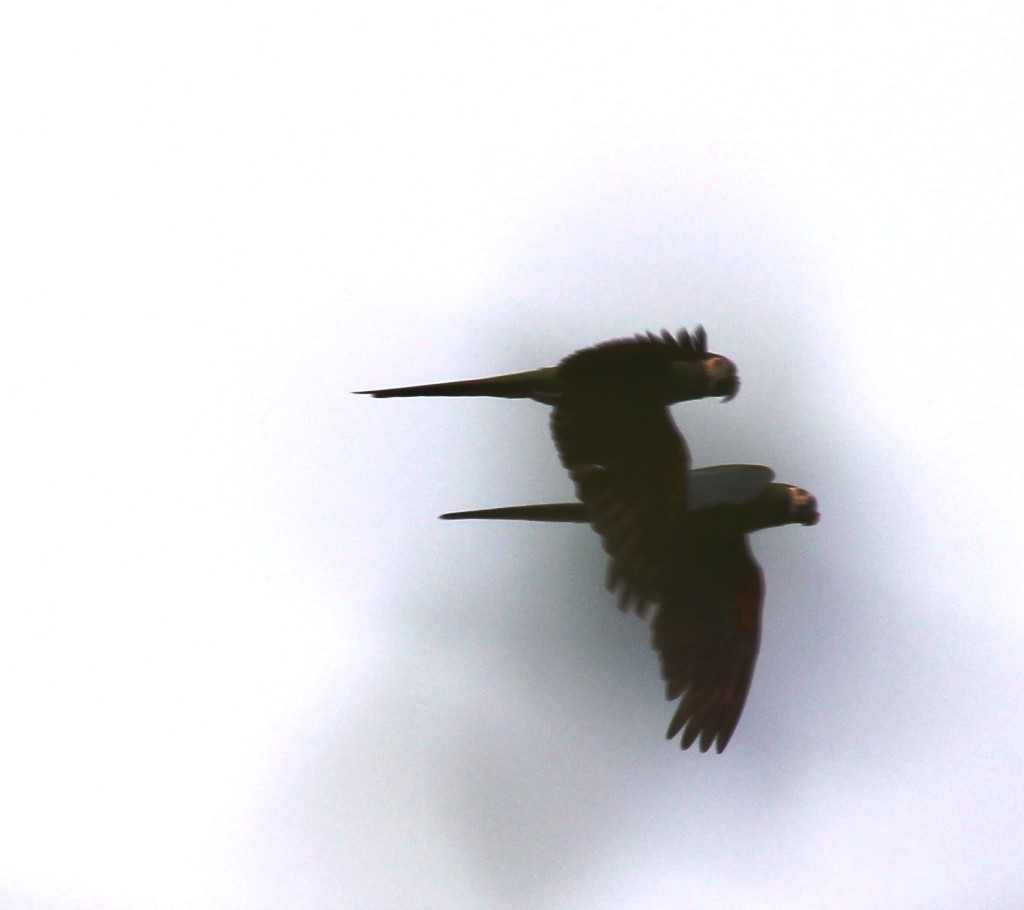
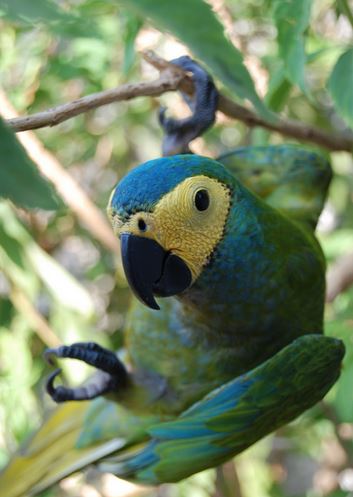
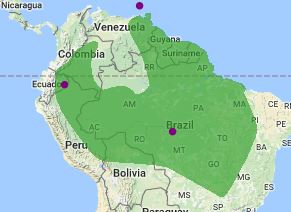
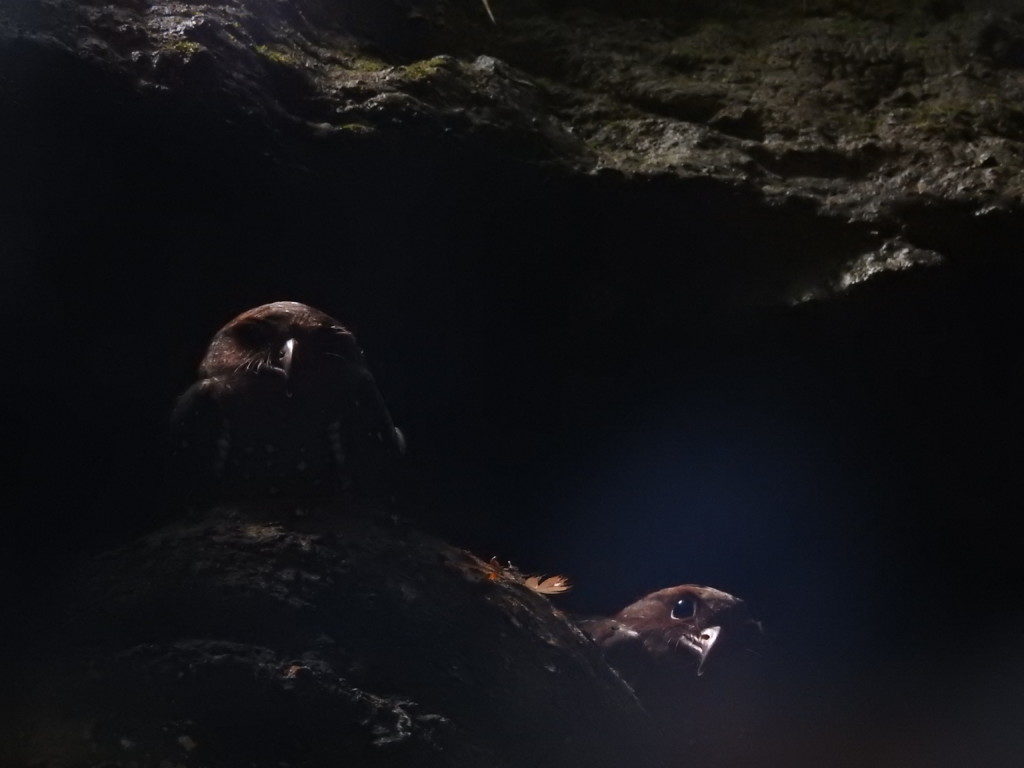
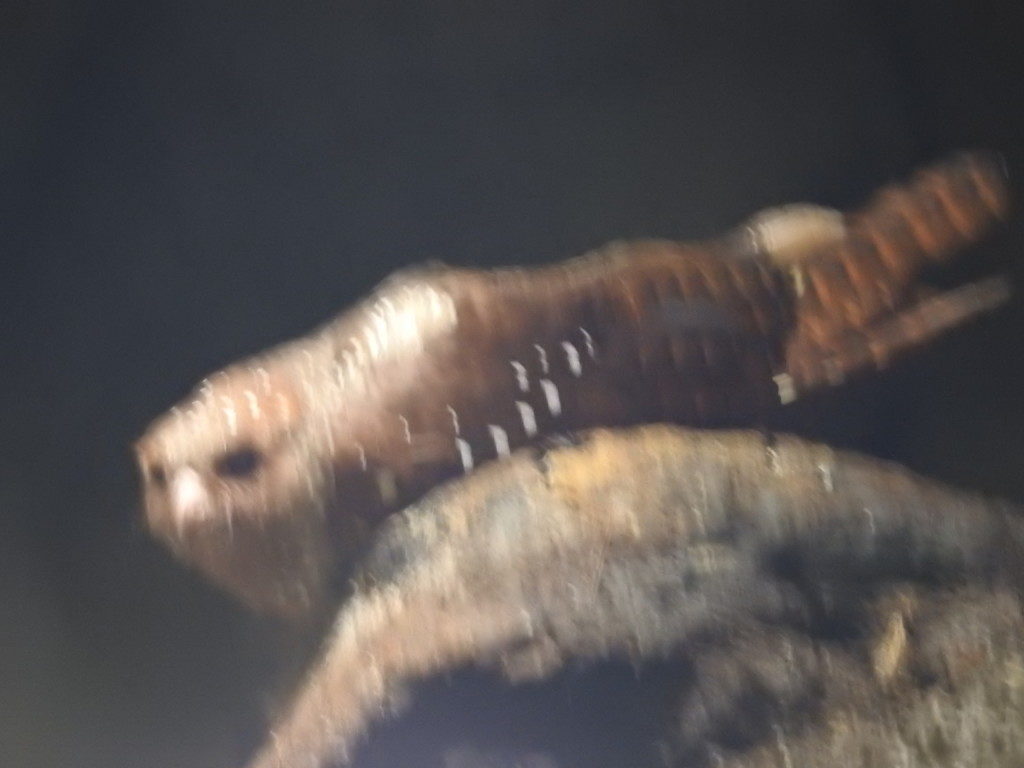
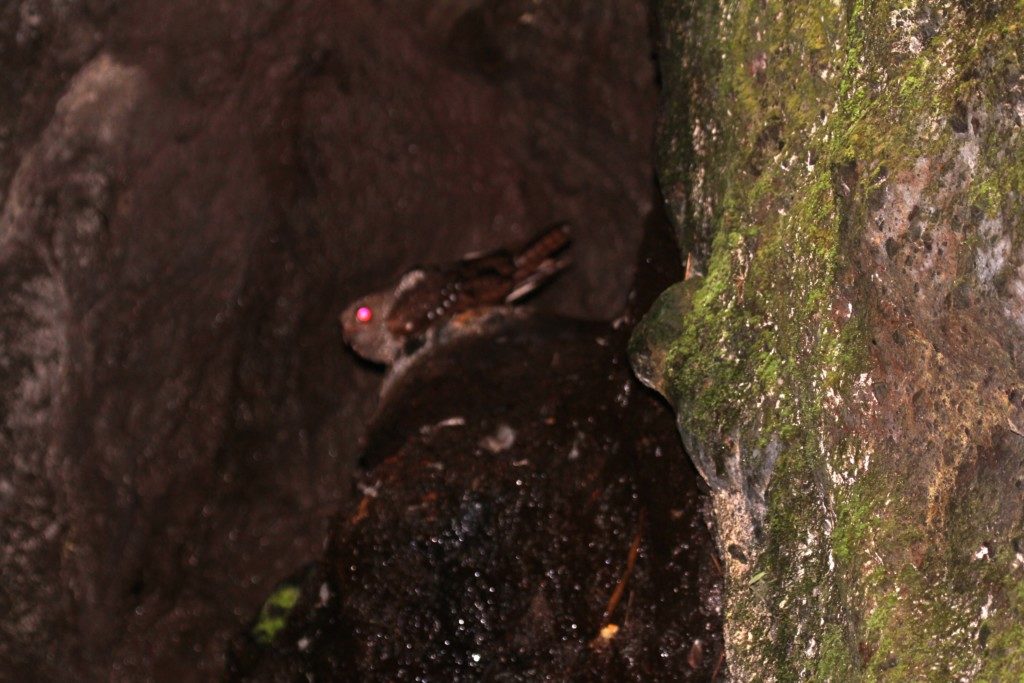 Although they have a large range in the northern part of
Although they have a large range in the northern part of 